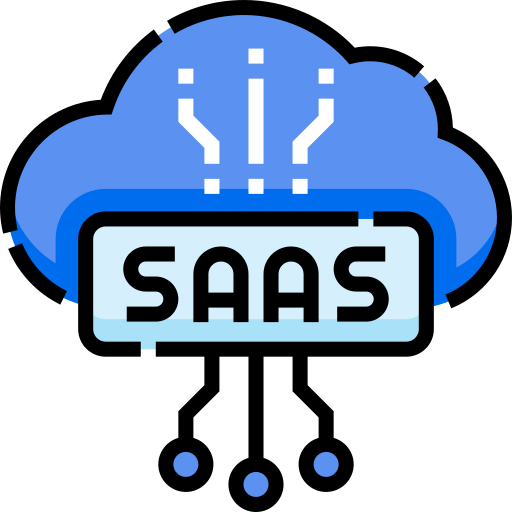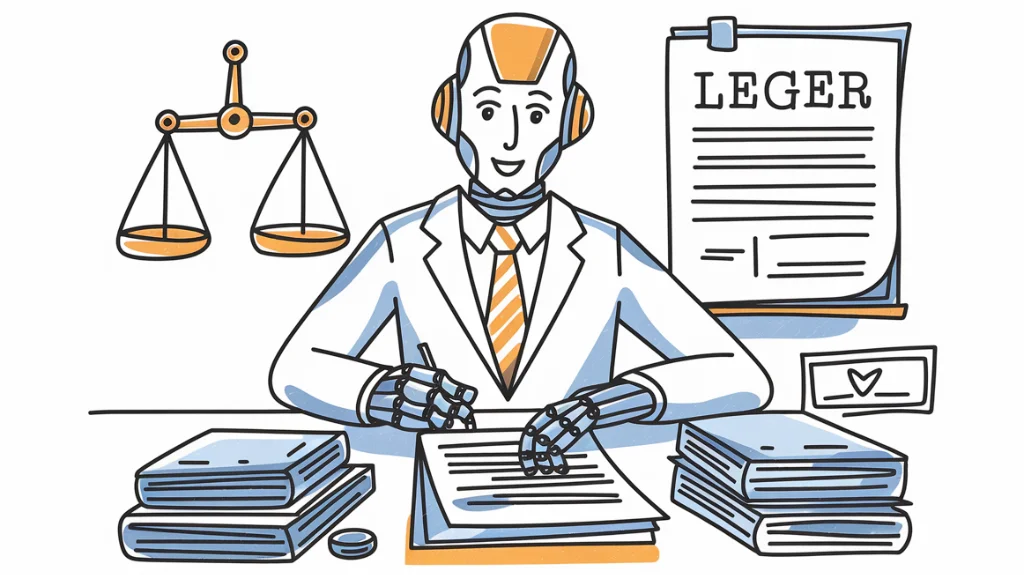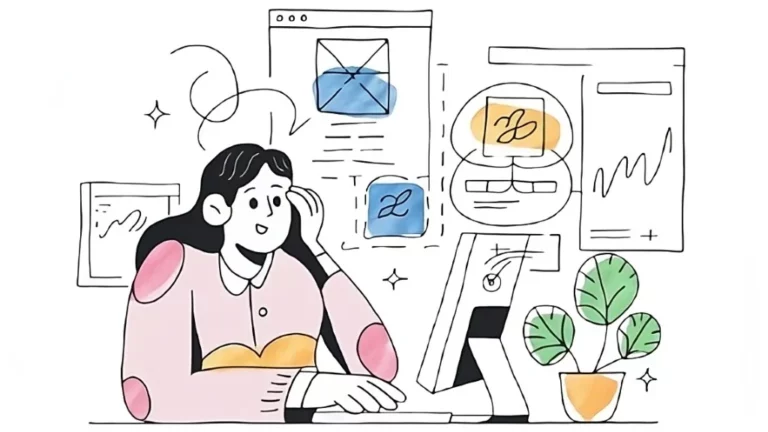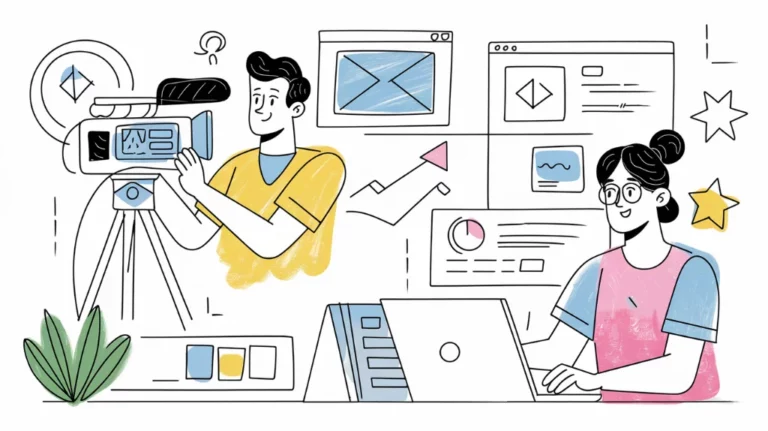The proliferation of Software as a Service (SaaS) has opened up incredible opportunities for solo entrepreneurs to launch scalable businesses. Yet, amidst the excitement of building and innovating, a crucial aspect often gets overlooked: ensuring proper legal documentation, especially the Terms and Conditions (T&C) and Privacy Policy. These documents, though critical, are often neglected due to their perceived complexity, the significant time investment needed, or the high costs of legal services. But what if there was a way to streamline this process, making it more accessible and less daunting?
Thankfully, Artificial Intelligence (AI) offers a groundbreaking solution for drafting these vital documents quickly and accurately. This article explores how solo entrepreneurs can leverage AI to their advantage, covering the challenges they face, the practical steps involved, and the benefits of using AI for this task. By embracing AI, solo founders can ensure their SaaS ventures are legally sound, without breaking the bank or losing precious development time.
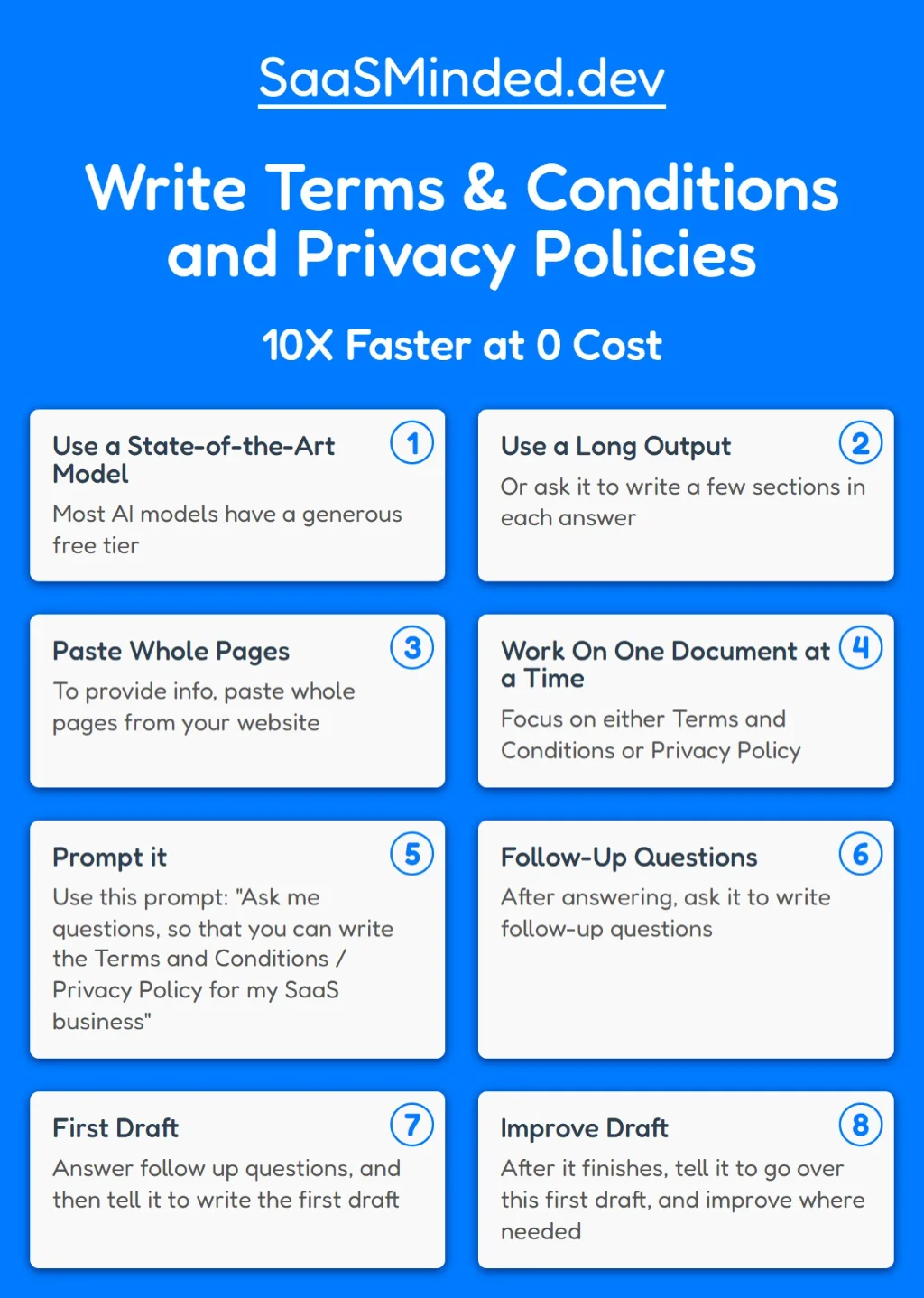
Why Are Legal Documents a Challenge for Solo SaaS Founders?
Before delving into the solutions, it’s important to understand the obstacles faced by solo entrepreneurs when it comes to creating legal documents. Several key challenges often deter them from addressing this crucial area.
1. Is Legal Jargon Overwhelming?
Legal documents are notoriously dense with obscure and technical language, which can be very intimidating to those without a legal background. Drafting accurate terms requires a deep understanding of privacy laws, user agreements, and liability clauses. For many solo entrepreneurs, navigating this complex legal landscape can feel like deciphering an ancient code, which is frustrating and time-consuming.
2. Is Hiring a Lawyer Too Expensive?
The cost of engaging a legal professional to draft custom agreements can be prohibitive for startups. Depending on the complexity of the product and the relevant regulations, these costs can range anywhere from "$500 to $5,000". For early-stage solo entrepreneurs, this can represent a significant chunk of their budget, making it difficult to allocate resources where they're most needed, such as product development and marketing.
3. Are Time Constraints a Major Issue?
The demands of building, marketing, and managing a SaaS business can leave very little time for founders to deep-dive into legal frameworks and draft lengthy agreements. The sheer volume of work involved in launching a SaaS business often pushes legal considerations to the bottom of the to-do list, creating a potential risk further down the line.
How Can AI Revolutionize Legal Document Creation?
Now that we've explored the challenges, let's dive into how AI can address them, offering a more efficient, cost-effective and accurate approach to legal document creation.
1. Can AI Simplify the Drafting Process?
AI LLMS, like ChatGPT, Claude, Gemini, DeepSeek, and specialized legal tech solutions are capable of generating detailed drafts of T&C and Privacy Policies, covering critical legal provisions such as liability limitations, data usage policies, and dispute resolution procedures. This means entrepreneurs no longer have to start from scratch, saving valuable time and mental energy.
2. Can AI Tailor Documents to Specific Needs?
One of the greatest strengths of AI is its adaptability. These tools can customize their output based on the specific features and needs of your SaaS product. An AI might, for example, ask whether your platform collects sensitive data, supports user-generated content, or involves subscription billing. This level of specificity allows AI to tailor legal agreements to the unique aspects of your business, providing a more robust and relevant document.
3. Can AI Ensure Compliance With Key Regulations?
AI tools are continuously updated with information on key regulations, including GDPR (General Data Protection Regulation), CCPA (California Consumer Privacy Act), and COPPA (Children’s Online Privacy Protection Act). This means that AI can help ensure your legal documents adhere to the most current legal standards, reducing the risk of costly legal issues.
4. Can AI Improve Documents Through Iterative Feedback?
AI can produce multiple drafts based on the entrepreneur’s feedback, enabling continuous refinement until the documents are legally robust and user-friendly. This iterative process allows founders to continuously enhance their legal documents, ensuring they are accurate, clear, and comprehensive.
What Steps Should You Take to Create Legal Documents with AI?
While AI offers a fantastic shortcut, it still requires careful planning and execution. Here’s a step-by-step guide to help you create legal documents using AI effectively.
1. Here’s How to Do It
- Use a state-of-the-art model. Most have a generous free tier, sufficient to complete this task.
- Use an AI with a long output, or ask it to write a few sections in each answer.
- To provide info, paste in whole pages from your website
- Work on one document at a time, Terms and Conditions or Privacy Policy.
- Prompt: "Ask me questions, so that you can write the Terms and Conditions / Privacy Policy for my SaaS business".
- After answering, ask it to write follow-up questions.
- Answer those, tell it to write the first draft.
- After it finishes, tell it to go over this first draft, and improve where needed.
2. How Can You Improve Your Documents Through Follow-up Questions?
After receiving your initial draft, ask follow-up questions to the AI to refine it:
- "What clauses are missing from this draft?"
- "How can I make this compliant with GDPR and CCPA?"
- "Can you make the language more user-friendly?"
- "Are there any other data protection laws I should be aware of?"
Using this iterative approach can provide a very robust final version.
3. Should You Always Seek Legal Review?
Although AI-generated documents offer a great starting point, always seek review by legal counsel for compliance and accuracy, particularly as the documents are crucial for the legal safety of your business. “Even with AI, a human legal eye should have the last word.” This step is non-negotiable.
Which Legal Elements Are Essential in SaaS Terms and Conditions?
Let's explore the specific elements that must be included in any SaaS T&C. These clauses provide clear guidelines for users, and protect your business legally.
1. What Are Users Obligations and Responsibilities?
Define how users are expected to interact with your platform, including acceptable usage policies. For example, state what is and isn’t allowed in terms of user content, as well as their responsibilities when it comes to protecting their accounts.
2. How Should Payment Terms Be Clearly Defined?
Specify billing cycles, refund policies, and procedures for handling failed payments. Be clear on how pricing works, and what happens when payments aren’t received. "A high level of clarity here is critical to avoid disputes and ensure a positive user experience."
3. What Information Should You Provide About Data Privacy and Security?
Detail what data you collect, why you collect it, and how you protect it. Be transparent about data handling practices to build trust with users and comply with privacy regulations. This should always be taken seriously.
4. How Should Disputes Be Addressed?
Include arbitration clauses or specify the jurisdiction for legal disputes. This clause can save your business valuable time and money should any conflicts arise.
5. How Can You Set Liability Limitations?
Clearly state the extent of your liability in case of platform failures or data breaches. While you aim to provide the best service possible, it is wise to have provisions in place to protect your business against unforeseen circumstances.
How Can AI Help Draft Privacy Policies?
Privacy policies can be particularly challenging to draft, given the complex regulatory landscape. Fortunately, AI can also streamline this process, ensuring your policies are clear, compliant, and user-friendly.
1. Can AI Ensure Data Collection Transparency?
AI can articulate clear explanations about what data is collected, how it’s used, and the legal basis for processing it. This transparency is key for building trust with users and complying with data protection regulations. “A lack of clarity in this area can lead to significant legal and reputational problems.”
2. Can AI Ensure User Rights Compliance?
AI can ensure compliance with user rights under GDPR, including the right to access, modify, and delete personal data. It is essential to provide users with control over their data, which in turn helps foster a more ethical and trustworthy service.
3. How Can AI Help in Setting Security Measures?
Draft clauses detailing the steps you take to protect user data. It’s vital to be clear about the security measures in place, demonstrating your commitment to user privacy and security.
What Real-World Examples Demonstrate the Impact of AI in Legal Document Creation?
The use of AI in legal document creation is not just a theoretical concept. Here’s how it’s already making a difference in real-world scenarios.
1. How Are Small SaaS Startups Saving Costs?
A study by LawGeex found that AI-driven contract analysis reduced drafting time by 80%, freeing up resources for product development. For solo entrepreneurs, this translates to a tremendous saving in both time and money, which they can re-invest into their business.
2. How Are Legal Tech Startups Leveraging AI?
Companies like DoNotPay and LegalZoom use AI to offer affordable legal services, proving its value in democratizing access to legal expertise. These examples illustrate that AI is not just an aid, but a potential game-changer in the legal industry. “AI is breaking down the barriers to legal expertise, making it accessible to all.”
Conclusion
Iterate and review your AI-generated drafts. Continuously refine them and then seek professional legal review before finalizing your documents.
Using AI to create legal documents like Terms and Conditions and Privacy Policies is more than just a trend. It’s an essential tool for success in the fast-paced digital economy. By harnessing this technology, solo entrepreneurs can overcome traditional barriers to creating robust legal documentation, ensuring their SaaS ventures are legally protected, without sacrificing time and resources. This proactive approach not only reduces risks but also builds a solid foundation for sustainable growth and success.
